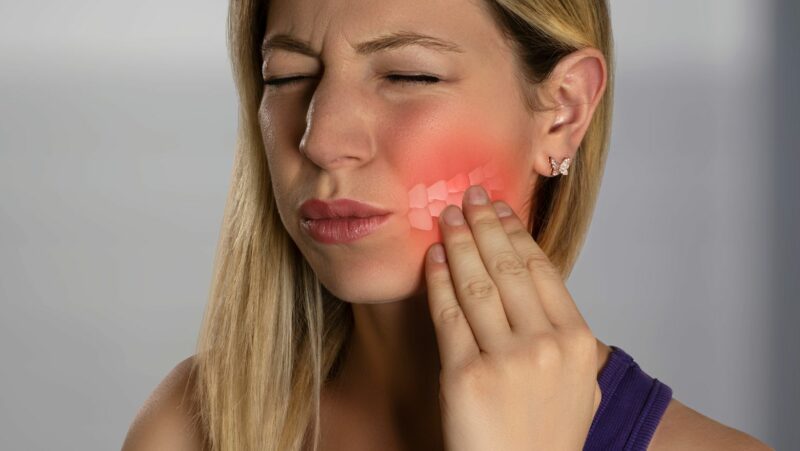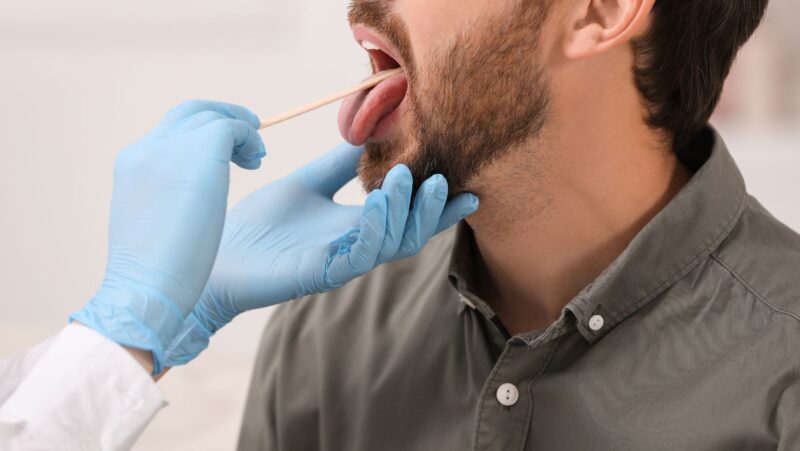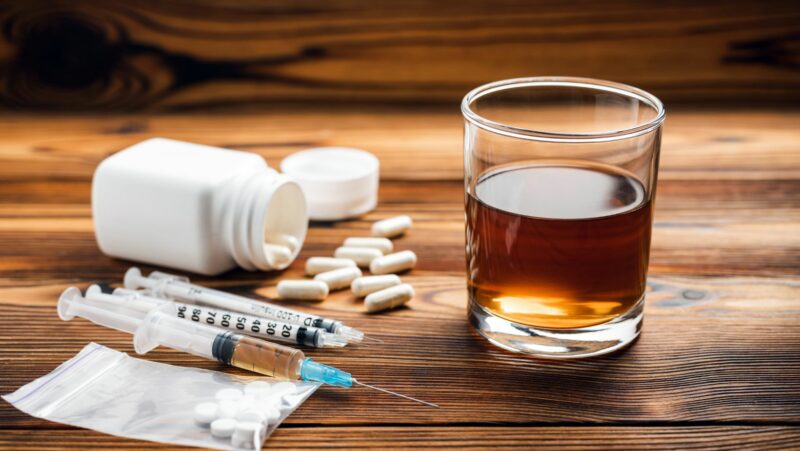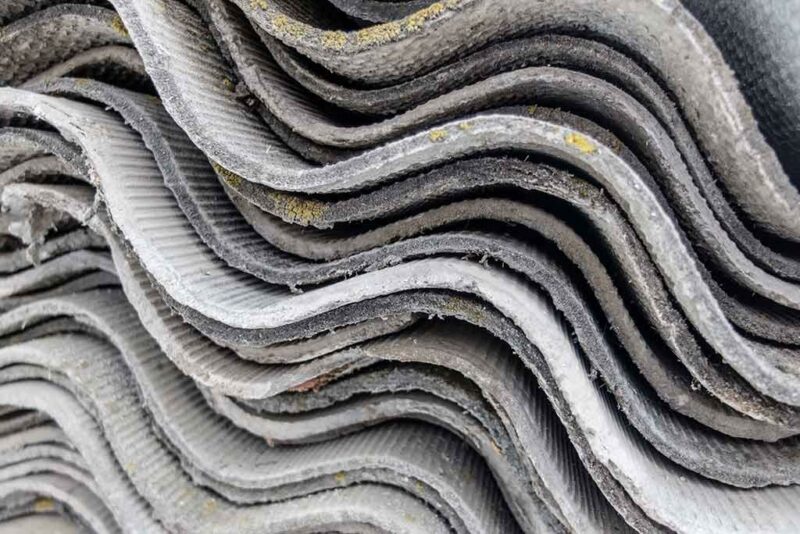
Introduction
Sudden toothache and jaw pain are among the most common dental problems that make people visit an emergency department. Trauma and infection are the other factors responsible. Though these dental problems are not life-threatening, they display remarkable cosmetic importance and are extremely painful.
Do you wish to kill tooth pain nerve in 3 seconds permanently and are searching for ways to do it? You better refrain from employing such ways. They often complicate dental treatment further. It may cause more harm to the tooth or increase the pain.
Dental pain possibly arises from the decay that spreads into the tooth layers and destroys them by bacterial toxins and acids. Initially appearing only as a naïve tiny blackish-brown spot on the tooth surface, it metamorphoses into a lesion, causing excruciating pain as it reaches the living tissue—Pulp.
Sudden pain is the body’s normal response, ‘an alarm’ about the possibility of infection spreading in the ‘living tissue’ in and around the tooth.
Tooth decay is an infection of bacterial origin that may cause the death of the pulp, a localized abscess, and sometimes cellulitis results in Ludwig’s angina—a life-threatening condition.
Treatment may involve antibiotic therapy, draining the abscesses, Root canal therapy or pulling out the affected tooth.
For all the above conditions and prompt immediate treatment, seeing an experienced emergency dentist is critical. However, before you go, prepare yourself by understanding and following these steps.
Step 1: Identify the Type of Pain
Pain can be an intense and throbbing type with hot stimuli or biting over food. Such pain typically signifies tooth decay involving pulp tissue.
If you feel sharp, electrifying pain when consuming cold, it’s probably because of dentinal sensitivity.
Dull aches around teeth for extended periods can be symbolic of gum infections.
Sudden sharp tooth pain that goes away can be associated with tooth infection involving the pulp. Sometimes, food lodgement in the cavitated tooth causes toothache.
To stop tooth pain faster, you can rinse with warm salt water, take medications such as paracetamol under a pharmacist’s guidance, and eat soft food.
Step 2: Localize the Tooth Involved
People may complain that “all my teeth hurt suddenly.” It is obvious to feel so, as around 80% of the time, pain in one tooth can be felt in neighboring teeth. And 24% of the time, in opposing teeth. It is known as referred pain. (1) However, you can easily differentiate the affected tooth if the painful tooth has even deep tooth decay on its surface or by local irritation of the tooth that aggravates or elicits the pain.
Step 3: Explore What Causes the Toothache
Hot food and drink can trigger sudden toothache. Even cold sweets can activate tooth pain. In addition, a plethora of relieving and aggravating factors can trigger the sudden toothache.
These factors range from weather to the state of an individual’s health.
Extreme cold and hot weather can contribute to and provoke pain.
Individuals can encounter sudden dental pain under stress or when excessively tired.
Daily acts of brushing teeth, eating, touching the face, and physical activity can set off sudden pain. Even activity like abnormal or prolonged chewing can be a factor. (2)
Step 4: Choose a Dental Emergency Service
Once the pain settles, you can search for a 24-hour emergency dental clinic near you and consult an experienced emergency dentist to ensure proper diagnosis and prompt treatment. Choosing the right clinic and dentist is vital to prolonged relief from dental decay.
In these dental emergencies, the tooth may need multiple advanced procedures ranging from root canal treatment, abscess drainage, wisdom tooth removal, fillings for dentinal hypersensitivity, and broken tooth with sharp tooth.

A dental office that’s accessible even during the weekend, hosts experienced emergency dentists, provides comprehensive emergency treatment, and provides various financial options that may ease the toothache and reduce suffering even after the treatment.
Step 5: Visit the Emergency Room
Visiting the ER for non-traumatic dental emergencies is usually futile as the majority of dental
problems are tagged as non-urgent and receive no intervention.
Also, a study reveals that these emergencies overcrowd the ERs. Treatment of dental abscesses may take up to 2 hours, with further treatment delays. (3)
Conclusion
Sudden toothaches are predominantly preventable. Regular dental visits, cutting on sugary intakes, brushing twice daily, and routine use of mouth rinse help reduce your chance of tooth decay.
However, visiting a dental emergency clinic should be your priority when a sudden toothache strikes.













